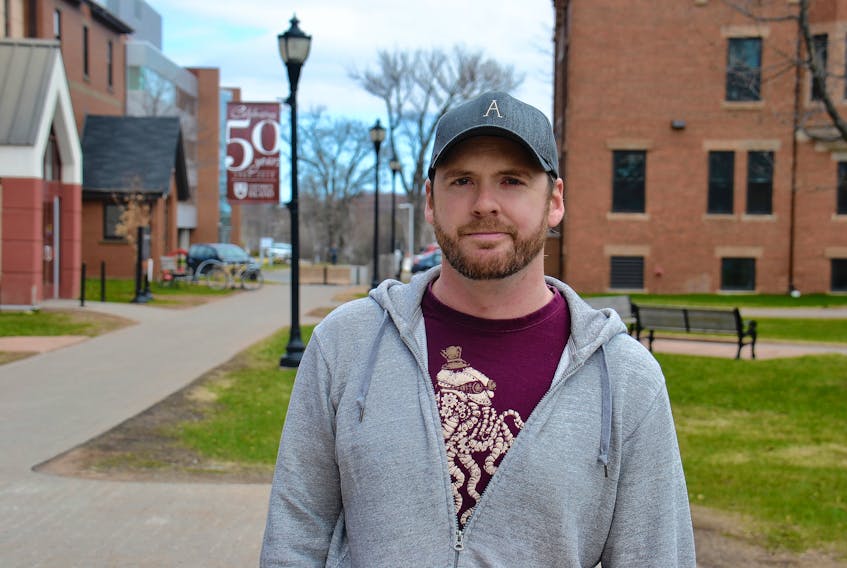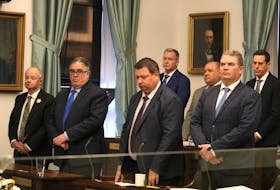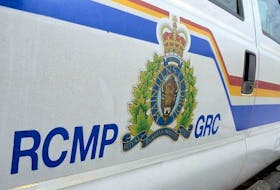CHARLOTTETOWN, P.E.I. — Despite a dramatic election and concerted get-out-the-vote efforts, youth voter turnout dropped significantly in last month’s election.
Turnout among voters aged 18-24 dropped to 62.5 per cent from 66.3 per cent in the 2015 provincial election. The drop was even more pronounced for voters aged 25-39; 68.1 per cent of voters in this age group voted in 2019 compared to 74.2 per cent in 2015.
P.E.I. saw a drop of almost six percentage points in overall voter participation in last month’s election, from 82.1 per cent in 2015 to 76.3 per cent in 2019. The turnout, although very high compared to all other Canadian provinces, was the lowest turnout seen in any P.E.I. election since 2000.
P.E.I. has also seen a significant increase in population; between 2015 and 2019, the overall number of eligible voters grew from 100,343 to 107,109.
UPEI political science professor Don Desserud said he is at a loss to explain why voter participation is declining.
“I despair,” Desserud said.
"This was the most interesting election we've ever had on Prince Edward Island, and we get the lowest voter turn-out we've had. It's remarkable."
April’s election was the first three-way battle to take place in recent memory. The election drew sustained national media coverage, fuelled largely by the fact that the Green party led almost all opinion polls conducted in the months leading up to the vote.
Jocelyn Dougan, who is in the midst of a master’s in global affairs at UPEI, said she believes politicians need to speak to issues that are of concern to younger voters, such as climate change.
"I think our generation, we're going to be impacted by climate change. Especially, for me, it's quite a concern. If I ever have children, they're going to be hugely impacted by it," Dougan said.
Unfortunately, Dougan was unable to vote in last month’s election. When the writ was dropped suddenly in late March, she was in France on a study program. As a result, Elections P.E.I. was not able to send mail-in ballots to her in time to allow her to vote.
Chris Palmer was also unable to vote on April 23. The resident of Stratford-Keppoch found that the only polling station in his district was forced to close on election day due to a bomb threat.
"I drove out to the polling station and the cops were all around so I couldn't even vote," Palmer said.
"I only had one time I could do it."
Palmer, who is pursuing a master’s in education, followed the election closely and attended an all-candidates forum held at UPEI focused on youth issues.
“It was really interesting. But there was nobody there. I was a little disappointed with the student turnout at the meeting," Palmer said.
Palmer said he felt candidates could focus more on issues that are directly impacting youth, such as student debt and the cost of living.
Lauren Lenentine, a first-year science student who attends Dalhousie University, voted for the first time on April 23. She believes political parties could help draw more participation from millennials by tackling student debt in a more comprehensive way.
"I find that a lot of student debt-related stuff and bursaries are directed towards Island students. I go to university off-Island,” Lenentine said.
"I have arguably more student debt than those who are on the Island."
Although the Progressive Conservative and Liberal platforms included commitments to increase funding to the George Coles bursary, this program is only available to students pursuing a post-secondary education on P.E.I.
Desserud said he has noticed Island politicians talking about issues of interest to youth, such as reducing the cost of post-secondary education and tackling climate change. He has also seen that, despite this, young voters still tend to be disengaged.
“I think it's more the question of the disconnect. The youth are saying 'we don't see these people as really effecting [change] or bringing forth solutions.'"









